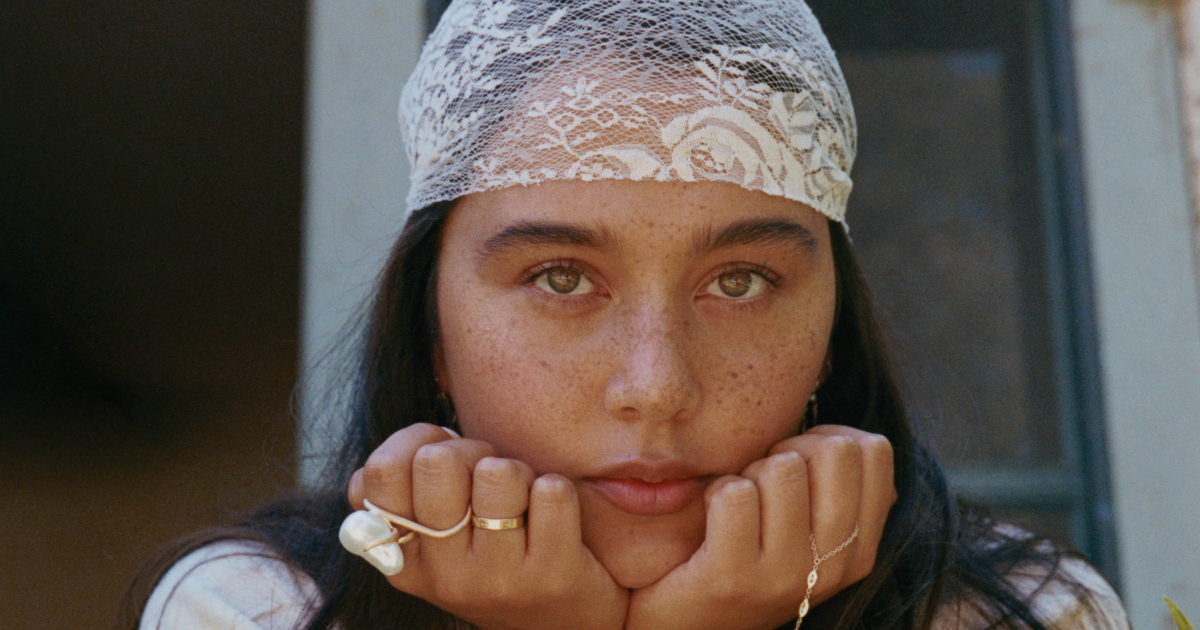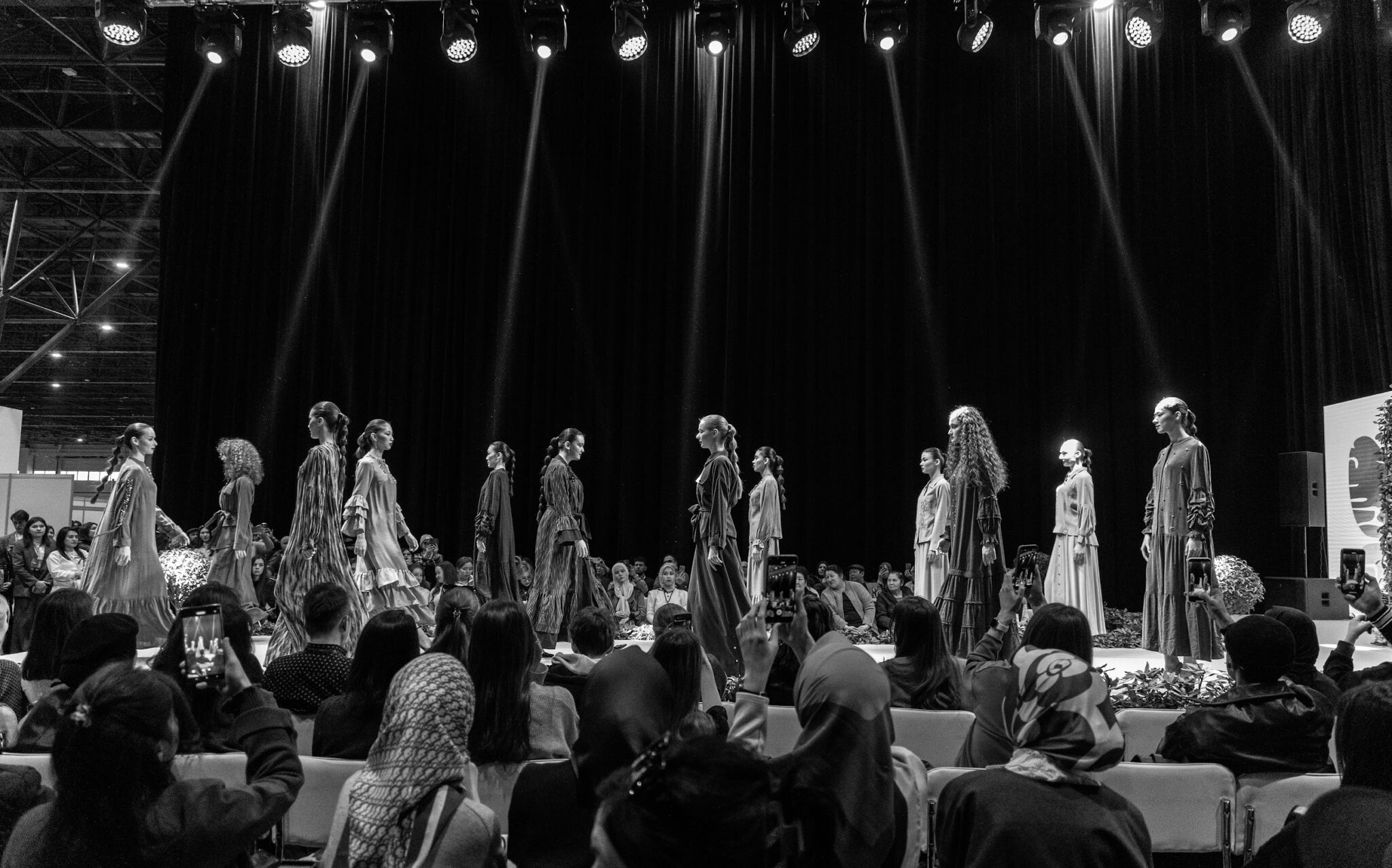Crafted by her hands
The women's crafts of Uzbekistan
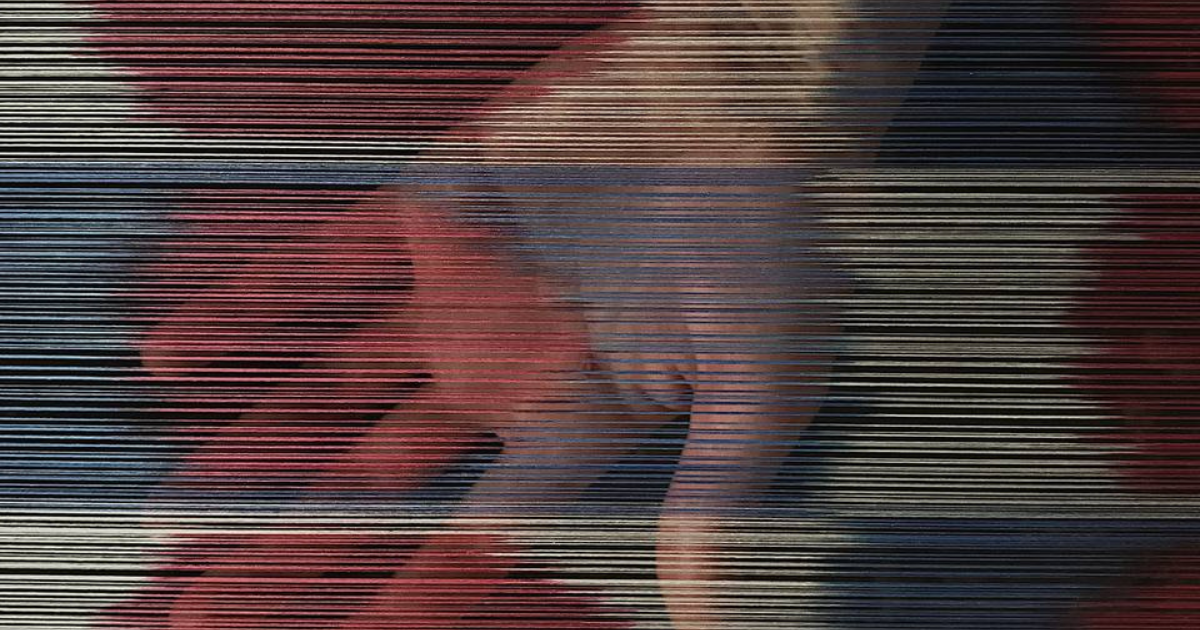
Uzbek culture is rich in a wide array of traditional crafts, passed down from generation to generation, typically within the same family or region. What sets these crafts apart are not only the techniques and unique styles of craftsmanship but also the artisans themselves. Traditionally, there are crafts exclusively practiced by women. For centuries, female artisans have engaged in decorative arts, infusing their work with family values, folklore, and a piece of their soul.

Happiness woven by the whole family
"Suzani" embroidery is an exquisite type of needlework on fabric panels, traditionally created piece by piece by all the women in a family. When the time comes for a bride to marry, these pieces are sewn together into one unified composition. Each element of the embroidery carries a sacred meaning, offering the best wishes for the newlyweds. It's believed that suzani embroidery should never be fully completed, symbolizing the continuity of life. Every region in Uzbekistan has its own traditional embroidery school, with distinct differences in color palettes, patterns, and sizes.
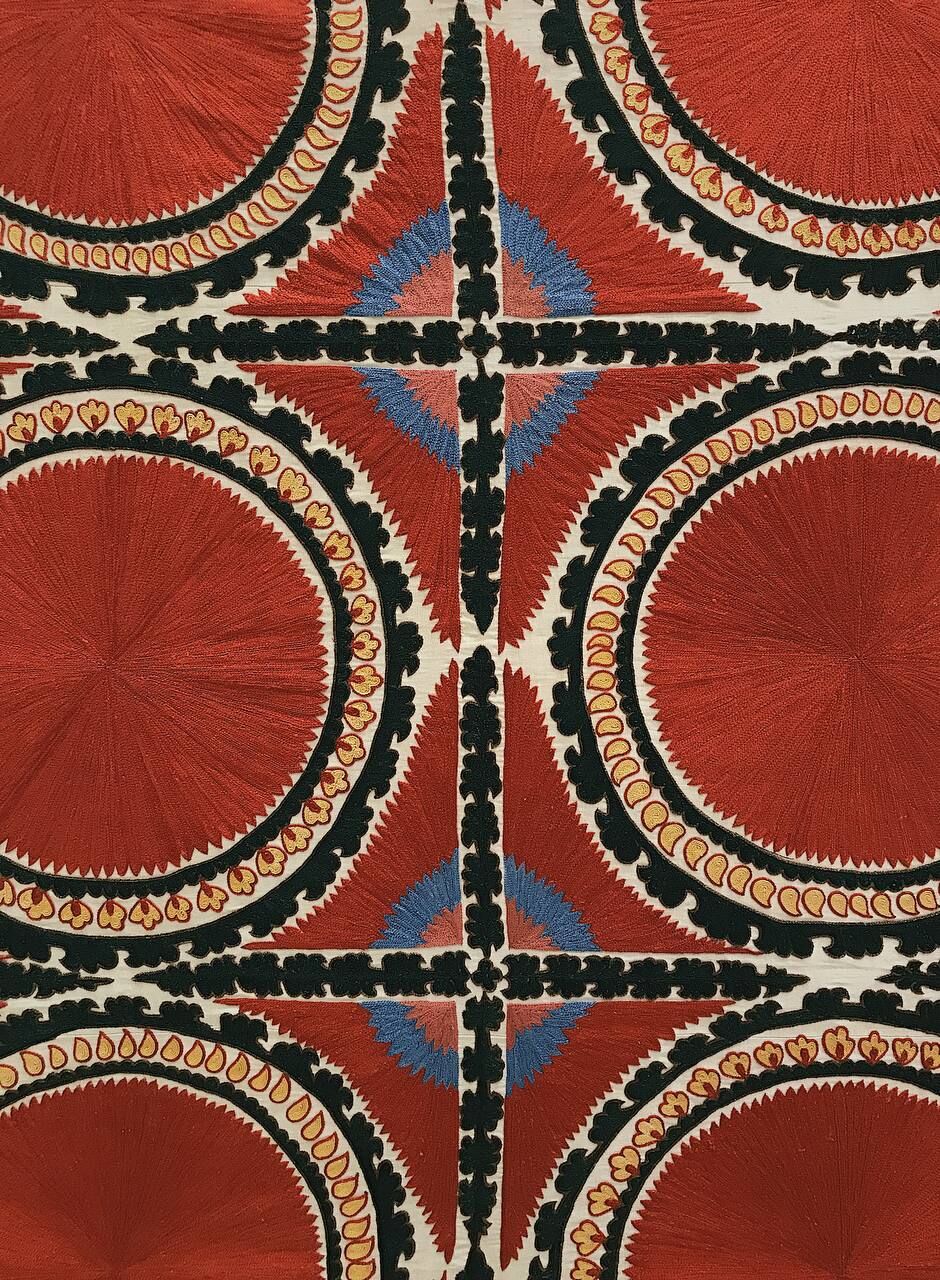
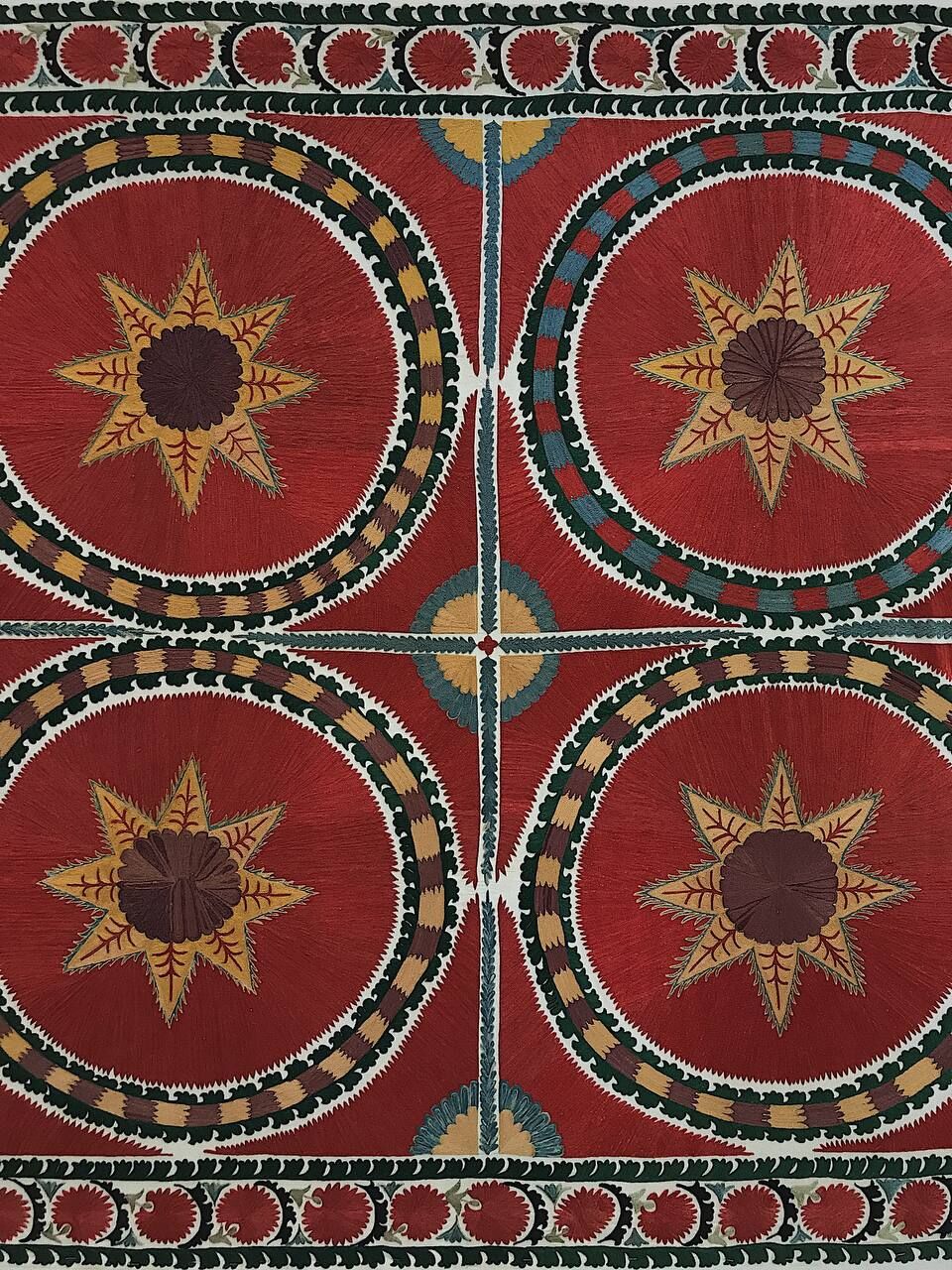
The wealth in every stitch
The most ornate form of embroidery is goldwork, which adorns festive robes, tubeteikas/skullcaps, and theatrical curtains. The gold threads used for this type of embroidery are stronger and stiffer than regular threads, requiring a more complex technique. Historical records show that gold embroidery existed as far back as the early Middle Ages and flourished in cities like Samarkand, Tashkent, Nurata, Shakhrisabz, Jizzakh, and Fergana. However, it reached its peak in Bukhara during the reign of the Bukharan emir. At that time, every garment of the ruler was lavishly decorated with gold-covered threads, captivating foreign guests. Initially, this craft was practiced by men, as the rigid gold-covered threads were difficult to pass through velvet fabrics. But as imitation gold threads were developed, becoming softer and easier to work with, women began to take up the craft. Today, the Bukhara Factory handles large orders for goldwork products, though private artisans also create handcrafted pieces.
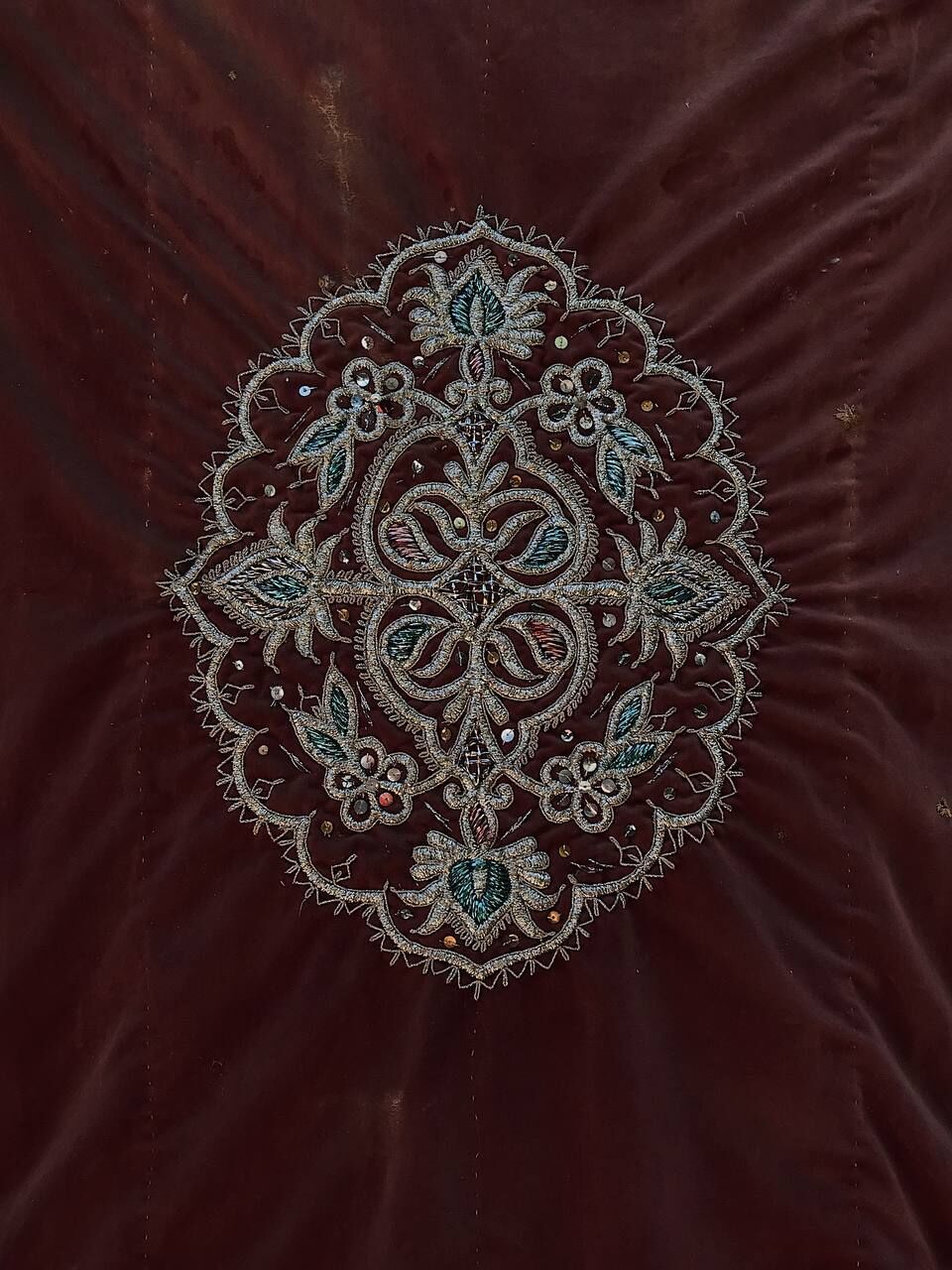
A meadow woven by women
Carpet weaving is one of the most popular crafts in Uzbekistan. The bright and colorful carpets, like magnets for tourists, fill many of the attractions in Bukhara and Samarkand. Intricate patterns are handwoven by female artisans, adding even more value to each piece. These carpets are used not only on the floor but also as decorative wall hangings, like fabric tapestries.
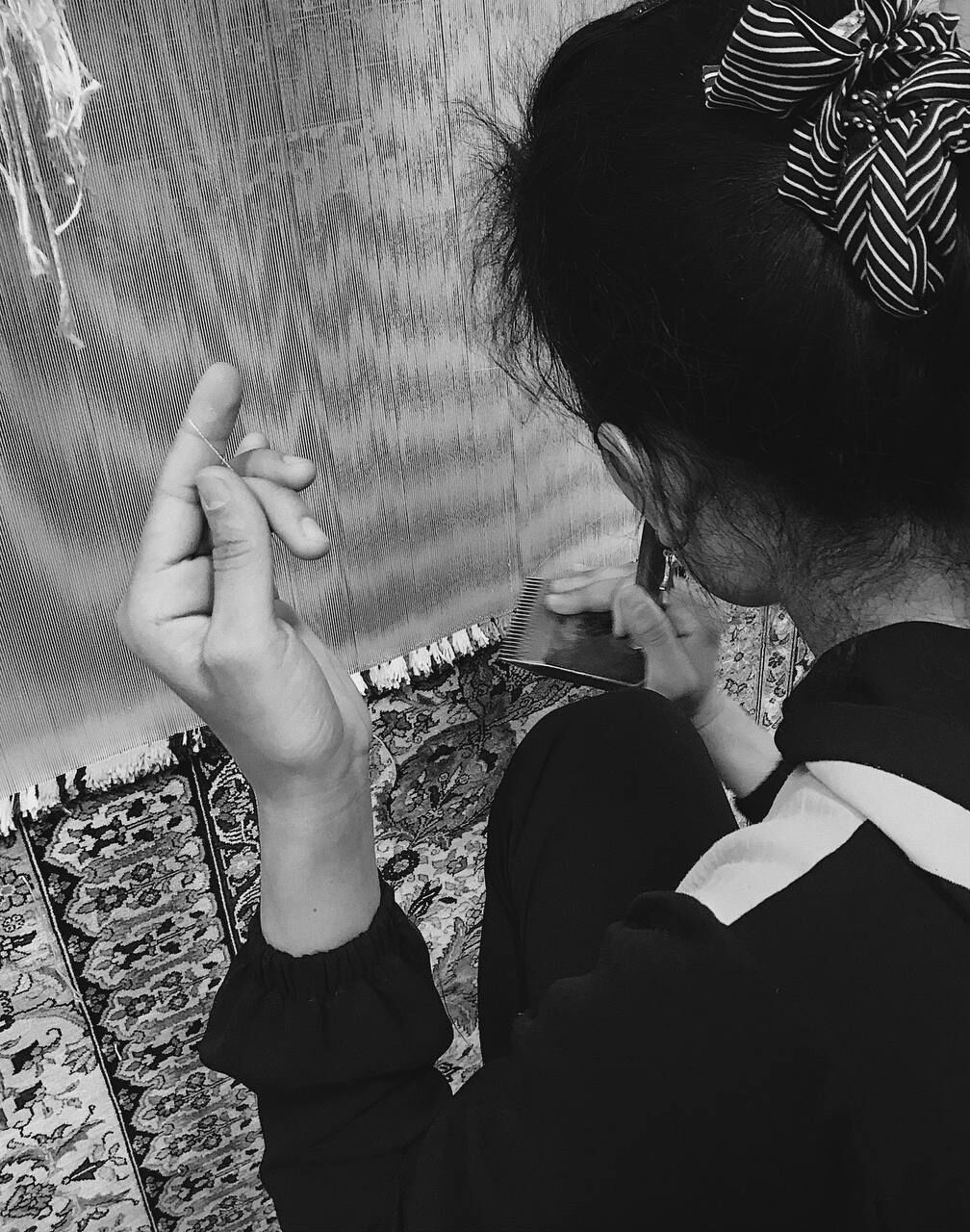

The rainbow palette of Abr
The globally renowned fabric pattern, ikat, is called "abr" in Uzbekistan. Each design is handwoven and dyed on special looms. Margilan is considered the birthplace of this wonder fabric. This craft has been passed down through generations, promoting the refined culture of Uzbekistan worldwide.
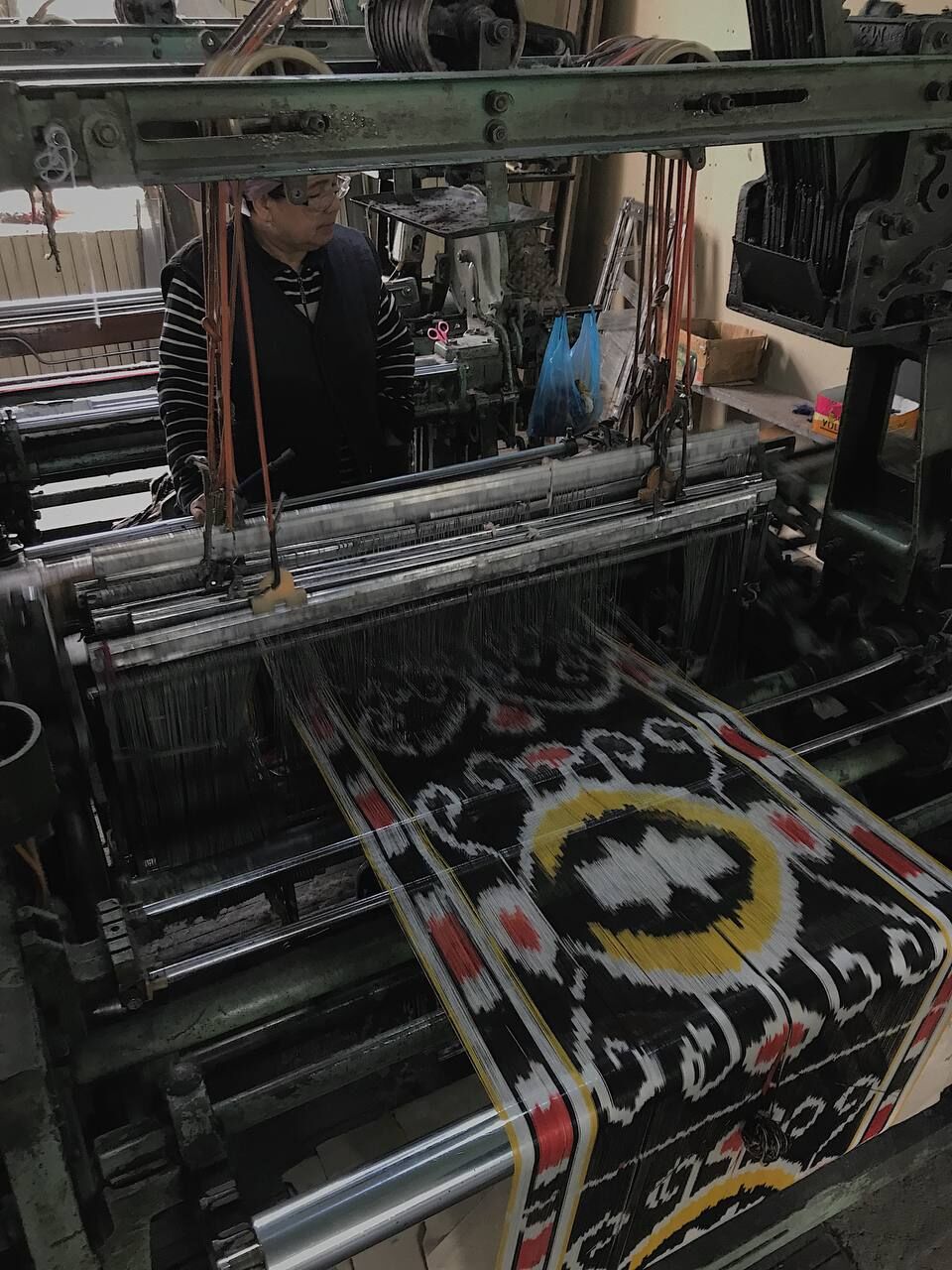

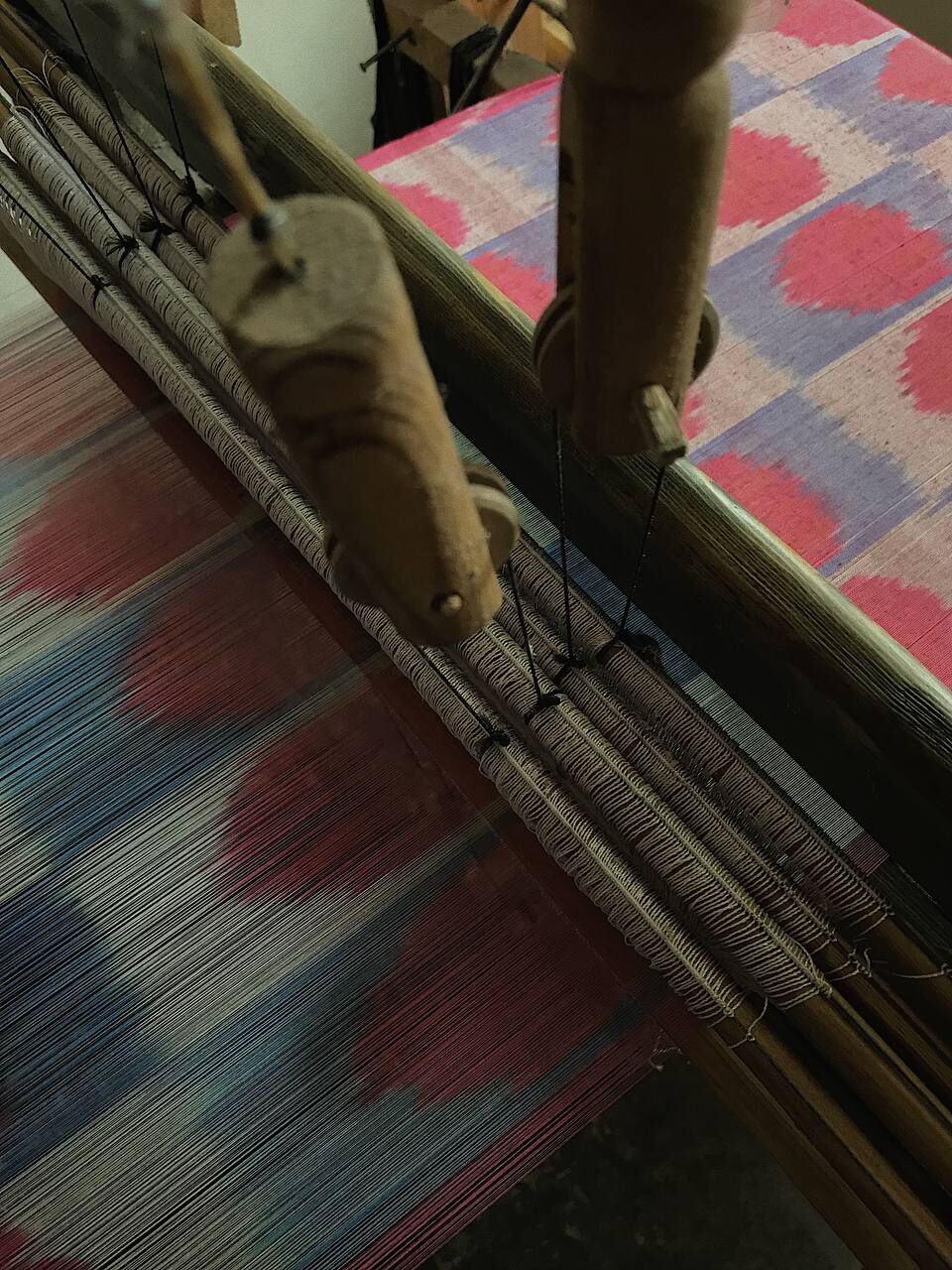
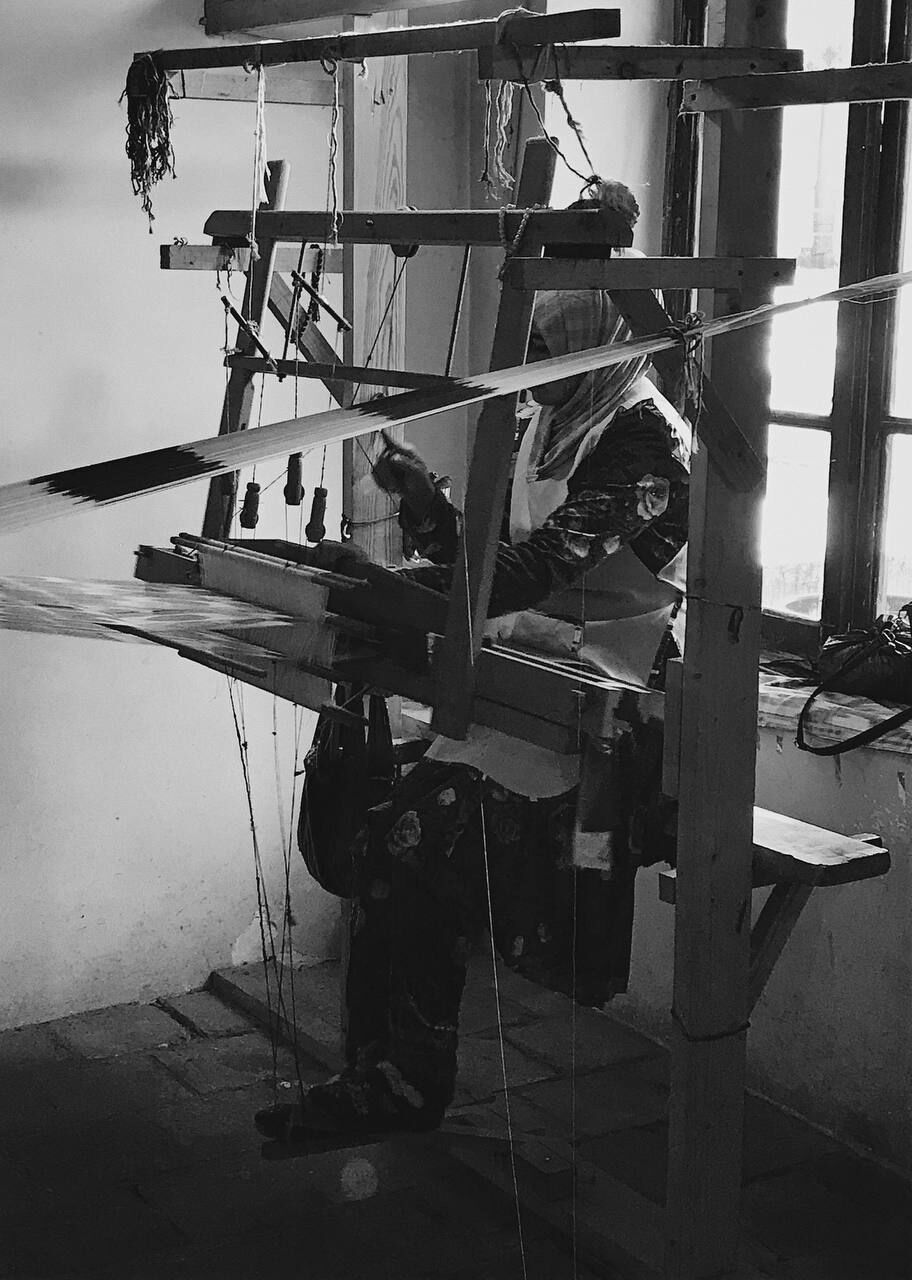
Ceramic toys
In addition to the world-famous Uzbek ceramics, ceramic figurines and "khushtak" whistles hold a special place in the country's decorative arts. These figures are often shaped like birds, animals, and mythical creatures such as dragons. According to local legends, these whistles were used in pre-Navruz rituals to summon rain. Women are the artisans behind these toys, with the most renowned being Hamro Rakhimova and her student, Kubaro Babaeva.


photo: Serafim Dim

